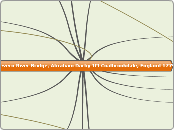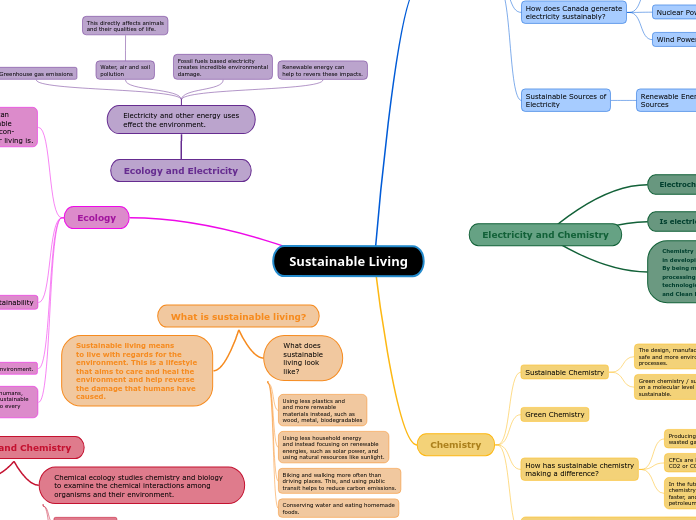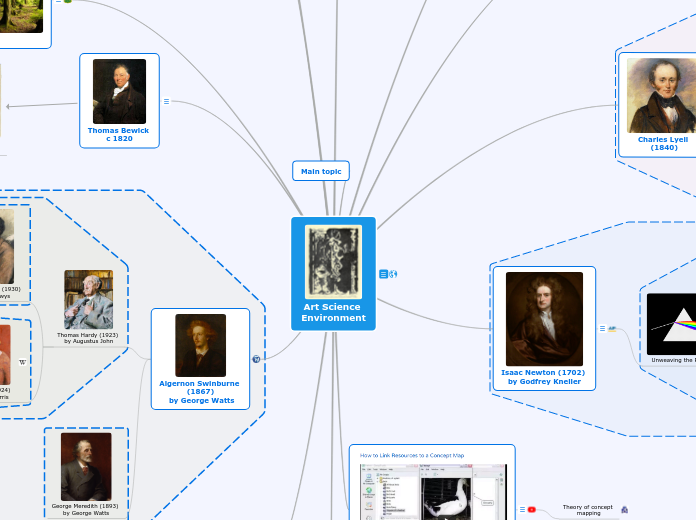1618, Dud Dudley
Dud Dudly begins to experiment with coke as fuel for his furnaces rather than charcoal.
1622 Edward, Lord Dudly
Acquires patent on his son'e coke smelting from King James, though they would largely fail to produce iron at significant levels.
1642,Platt's idea tested
Derbyshire malt kiln utilizes coke.
1603, Sir Henry Platt
Platt indicates the possible use of coke by suggesting that coal could be treated like charcoal.
Severn River Bridge, Abraham Darby III Coalbrookdale, England 1779
1789 French Revolution
The Declaration of Independence and the beginning of the American Revolution 1776
Adam Smith The Wealth of Nations published in 1776
1751 Diderot's first volume of the Encyclopedie is published
Rosseau is born
1762 The Social Contract
Voltaire is born
1750 Discourse on the Moral Effects of the Arts and Sciences
1763 Traite sur la tolerance
1738 Elements de la Philosophie de Newton
1733 Letters Concerning the English Nation
1726 Immanuel Kant is born
1781 Critique of Pure Reason
1764 Observations on the Feeling of the Beautiful and the Sublime
July 5, 1687 Isaac Newton
Isaac Newton publishes his Philosophiae Naturalis Principia Mathematica
circa 569 CE Pythagoras born. His idea that the world reflects the mind of god becomes a foundational principle of Newton.
The Scholastics (during the middle ages) revive Aristotelian principles of an orderly world
circa 384 CE Aristotle is born.
1632, Galileo Galilei
Galileo publishes his Dialogue Concerning the Two Chief World Systems published in 1632, puting forth the earth is not the center of the universe.
Later, in 1638, Galileo would publish his last book Discourses and Mathematical Demonstrations Relating to Two New Sciences (Discorsi e dimostrazioni matematiche, intorno a due nuove scienze) against the will of the church. This work would explore the strength of materials and the motion of objects, two
Carolus Linnaeus, Systema Naturae published in 1767
1765 Lunar Society begins to meet
1768 An experiment on a Bird in the Air Pump.
This painting by Joseph Wright is an example of romanticized science.
1749 Ben Franklin
using a Leyden box, demonstrates that lightening is electricty
1745 the "Leyden" box is used to store electricity
1729, Stephen Gray
showed that electricity could move between metal filaments
1726 University of Edinburgh
a leading medical and science school is established
Joseph Priestly disagrees with Lavoissier's treatise
Traité Élémentaire de Chimie (Elementary Treatise of Chemistry) by Antoine Lavoisier 1789
1774 Joseph Priestly discovers Oxygen
1766 Henry Cavendish discovers Hydrogen
1709 Abraham Darby I
Established an effective coke-fired blast furnace to produce cast iron instead of using charcoal. Cheaper iron, its result, contributed to the explosion of the Industrial Revolution.
Coke would later be used by the railways in England to reduce emissions from their engines.









